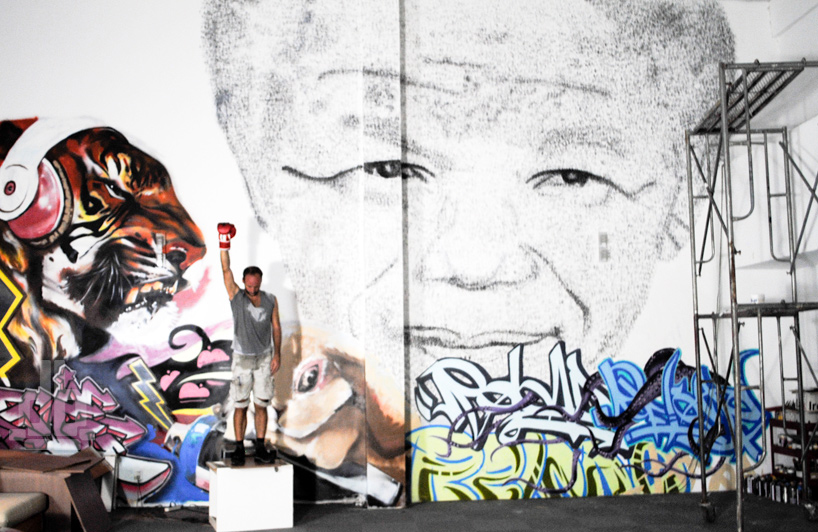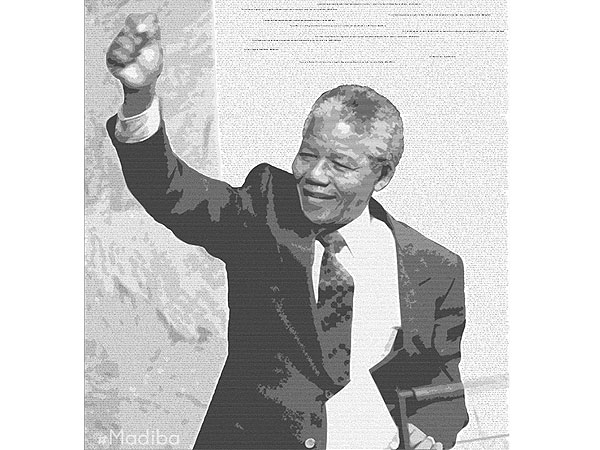After my final lecture in Art History for the semester, I decided to take on the brave and daunting task of art interpretation without my dear professor’s brilliance. Instead of writing my multiple papers, I’ve been staring at Picasso’s Les Demoiselles d’Avignon for the past hour or two, rummaging through article after article to see if I can come to terms with this painting’s representation of women. Many of Google’s finest declared the painting an empowering portrayal of the sexual freedom of women, but I still needed some convincing. The more I stared at it, the more determined I became to see this painting as an empowering portrayal of women and, despite Picasso’s intentions, whatever they may be, I feel prepared to defend my opinion on this painting as a breath of fresh air from the all too common highly sexualized or idealized representation of the female body.

True, this is a brothel painting of young nude women, so it inherently associates women with sex and the body. However, through his experimentation with form and space and use of African mask influence for the faces of the women, he in a way frees them from the pressure to be physically perfect. They become objectified as shapes and lines instead of objects of desire. The human body is just that, geometry, and by breaking apart and piecing together their bodies in unconventional ways, he almost releases their true identity from their physical forms and frees them to be just what they are – people. Drawing on what I learned in class this year, I can see connections with the works of Manet and Courbet who actively work to undo the fiction of the idealized classical female nude. Courbet’s representation of women with imperfect bodies and explicit representation of what painters of the classical nude were trying to make sexy (see Courbet’s The Origin of the World, hint: it’s a vagina) is almost liberating from the pressure of these idealized representations. So, as a recent graduate of my first art history class of my life, I declare this painting a liberating release from the female body standard prevalent in most modern art (especially the modern media). Good luck on finals to one and all!


















